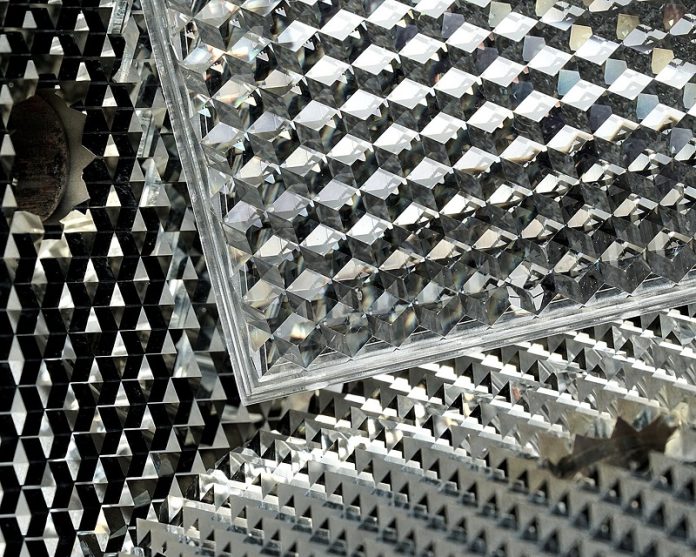
Researchers at the Fraunhofer Institute have developed an innovative non-stick coating called UltraPLAS, which promises to revolutionize injection molding and die casting.
This new coating, applied using a cold plasma process, can be used on materials like tool steel, stainless steel, and aluminum, improving production efficiency and reducing costs.
UltraPLAS is unique because it allows for perfect molding of even nano-scaled and reflective surfaces.
By reducing the number of post-processing steps and eliminating the need for external release agents, this coating is highly economical.
The Fraunhofer Institute’s projects “GlossyCast” and “UltraTrenn” aimed to reduce the forces needed to remove molded parts from their molds and to minimize the formation of deposits.
This is especially important in processes like zinc high-pressure die casting and plastic injection molding, where high-quality, glossy surfaces or highly defined microstructures are required.
In zinc high-pressure die casting, deposits on the mold surface, as well as those from release agents and lubricants, hinder the production of high-quality castings.
Eliminating the need for release agents can save up to 20% of the cycle time, leading to significant cost reductions.
To achieve these goals, the researchers used a cold plasma process called PE-CVD (plasma enhanced chemical vapor deposition) to create a smooth, structureless coating with excellent non-stick properties.
This process builds up a gradient layer that adheres well to the product and provides a non-stick surface.
The resulting coating has a high modulus of elasticity, high density, and hardness comparable to glass or enamel. Its low surface energy and low polarity make it an effective non-stick layer.
The UltraPLAS coating is extremely thin, less than 100 nanometers thick, which is essential for maintaining good non-stick properties.
This thin layer allows for the precise reproduction of nano-scale surface structures and mirror-gloss surfaces.
Practical tests in various industrial settings have shown that UltraPLAS significantly reduces demolding forces and the formation of deposits in injection molding.
This reduction in adhesion forces allows for higher demolding temperatures and less friction. The coatings can also be easily and gently removed using plasma technology, allowing for multiple applications without loss of quality.
This is particularly beneficial for high-gloss tool surfaces, as it eliminates the need for time-consuming polishing or ultra-precision machining.
In zinc die casting, the improved surface quality of the cast parts can simplify or even eliminate costly and time-consuming post-processing steps like blasting, grinding, and polishing. The individual process steps of electroplating can also be shortened or reduced, making production more efficient and environmentally friendly.
UltraPLAS builds on the success of the earlier PLASLON non-stick coating, known for its high hardness and temperature resistance up to 230°C. Through continuous innovation, Fraunhofer Institute continues to improve production processes and promote sustainability in the industry.



